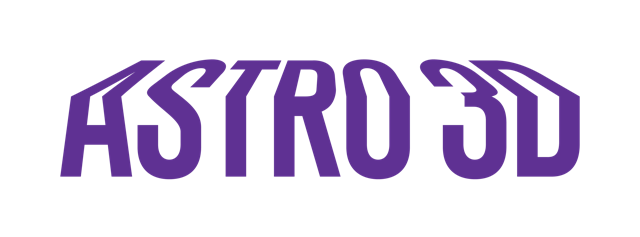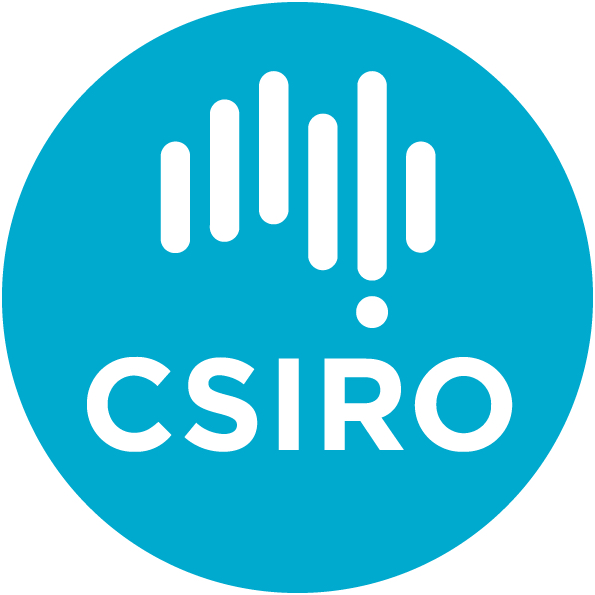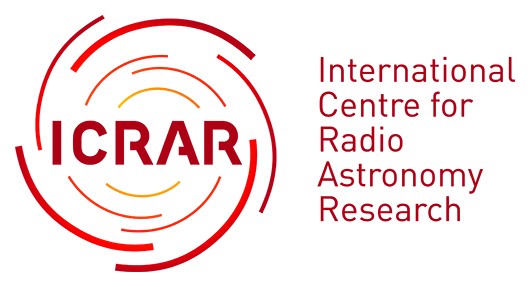Pilot Survey DR1
15 November 2022
Overview
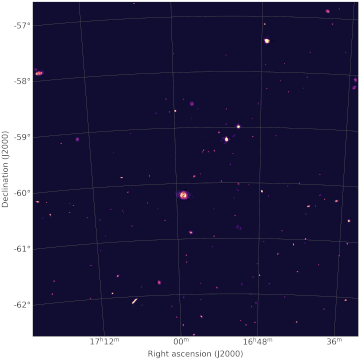 The first WALLABY public data release (DR1) contains value-added data products created by the WALLABY team from the WALLABY pilot survey phase 1 data. WALLABY DR1 includes catalogues and associated data products of HI detections identified through source finding and kinematic models for a subset of HI detections that are spatially resolved.
The first WALLABY public data release (DR1) contains value-added data products created by the WALLABY team from the WALLABY pilot survey phase 1 data. WALLABY DR1 includes catalogues and associated data products of HI detections identified through source finding and kinematic models for a subset of HI detections that are spatially resolved.
Three 60 deg² fields were observed as part of phase 1 of the WALLABY pilot survey:
- Hydra cluster
(10ʰ00ᵐ ≲ α ≲ 10ʰ55ᵐ, −30°30′ ≲ δ ≲ −24°30′) - Norma cluster
(15ʰ50ᵐ ≲ α ≲ 17ʰ30ᵐ, −61°30′ ≲ δ ≲ −55°30′) - NGC 4636 group
(12ʰ28ᵐ ≲ α ≲ 12ʰ50ᵐ, −04°00′ ≲ δ ≲ +08°00′)
Each of these fields consists of two adjacent 30 deg² ASKAP tiles. Each tile was covered by two footprints of 36 instantaneous ASKAP beams. The two footprints were interleaved for optimal noise uniformity. The integration time per footprint is about 8 h, resulting in a total integration time per tile of about 16 h and an RMS noise level of approximately 1.6 mJy towards the centre of each tile.
The total bandwidth processed is 144 MHz ranging from 1295.5 to 1439.5 MHz. The frequency resolution is ~18.5 kHz, which corresponds to a velocity resolution of approximately 4 km/s at redshift zero. Hence, HI emission can be traced over a redshift range of z ≲ 0.1.
Source catalogues
Two types of catalogues are available:
- A general HI catalogue of ~600 individual galaxies and associated data products. More detailed information on how the individual source parameters were measured is available in a separate PDF document on GitLab.
- Catalogue of source parameters (VO–XML)
- Spectral line cubelet and source mask (3D FITS cube)
- Moment 0, 1 and 2 maps (2D FITS image)
- Map of the number of channels per pixel (2D FITS image)
- Integrated HI spectrum (1D FITS table)
- A catalogue of kinematic models for about 100 spatially resolved galaxies.
- Kinematic model catalogue (VO–XML)
- Full-resolution and spectrally-smoothed data and model cubes and difference cube (3D FITS cube)
- Rotation curve, surface density profile, model parameters (1D FITS table)
Catalogues can be accessed through the CSIRO ASKAP Science Data Archive (CASDA) or the Canadian Astronomy Data Center (CADC), either by using a web browser or through dedicated VO access methods as detailed below.
Web browser
Source catalogues are most easily accessed and downloaded using a web browser by navigating to the CADC or CASDA data portals:
In CADC the full set of uploaded WALLABY PDR1 data can easily be found by entering WALLABY* in the Observation ID box located on the left.
In CASDA, WALLABY pilot survey data can be retrieved by specifying the WALLABY project code AS102. In addition, the full source finding catalogue can be accessed via DOI:10.25919/09yg-d529 while the full kinematic model catalogue is available at DOI:10.25919/213m-p819.
TAP and ADQL
Alternatively, catalogues can also be accessed directly through VO-compliant software such as TOPCAT using the Table Access Protocol (TAP) and Astronomical Data Query Language (ADQL):
In CADC, either the source table or the kinematic table can be queried by clicking on “Table”. The two tables are named:
- Source finding catalogue:
cirada.Wallaby_dr1_source_catalogue
- Kinematics catalogue:
cirada.Wallaby_dr1_kinematic_catalogue
Once the specific table is selected, the desired columns to include in the downloaded table can be selected via checkmarks in the Table Description entries. CADC provides user guides for using TAP services and ADQL queries.
In addition, the WALLABY data on CADC can also be accessed through ADQL queries. The WALLABY GitLab repository contains a tutorial iPython notebook that demonstrates basic data access and usage:
The tutorial notebook shows how to access, analyse and/or download the source catalogue and kinematic model table using Python.
In CASDA, example ADQL TAP queries in TOPCAT could look like this:
- Source finding catalogue:
SELECT TOP 1000 * FROM AS102.wallaby_pilot_dr1_sourcefind_cat_v01
- Kinematics catalogue:
SELECT TOP 1000 * FROM AS102.wallaby_pilot_dr1_kinmodel_cat_v01
More detailed information on TAP and ADQL access to CASDA is available in the CASDA Users Guide.
Data cubes
Mosaicked data cubes
The full calibrated, continuum-subtracted, deconvolved and mosaicked data cubes of each 60-deg² field can be downloaded from CASDA at
These are the final cubes at full sensitivity from which the source catalogue was extracted. Two types of cubes are available for each field:
- An extragalactic data cube covering the full 144 MHz bandwidth.
- A Milky Way cube covering a limited velocity range of |v| ≲ 1200 km/s.
Note that the extragactic cubes are extremely large (~1 TB) and may be difficult to download and handle on a regular desktop computer. We strongly advise to instead use the CASDA cutout service (see below) to retrieve smaller data cubes of selected regions of interest.
Individual 8-hour footprints
Calibrated, continuum-subtracted and deconvolved data cubes of the individual 8-hour footprints of the phase 1 WALLABY pilot survey tiles are available for download from CASDA under the ASKAP project code AS102:
These footprints have not yet been mosaicked for full sensitivity and noise uniformity. Note that the individual footprint data cubes are extremely large (~0.5 TB), and significant bandwidth, storage capacity and memory will be required for downloading and analysing the data. We strongly advise to instead use the CASDA cutout service (see below) to retrieve smaller data cubes of selected regions of interest.
Image cutouts
CASDA offers a cutout service that allows a smaller subregion of a full-sized data cube to be extracted and downloaded. The service can be accessed by clicking on the scissor icon (✀) next to any data cube in the CASDA search results. This can be used to retrieve more manageable data cubes for individual regions or objects of interest.
We strongly advise to make use of the cutout service instead of attempting to retrieve and handle full-sized ASKAP data cubes, which can be up to ~1 TB in size.
Software
The pilot phase data products were generated using a number of software tools for source finding and kinematic modelling. All of these software packages are available on GitHub for general use.
Source Finding
 SoFiA (the HI Source Finding Application) is used on the large mosaicked data cubes to generate the source catalogue, source cubelets, and masks. The software is available from the SoFiA GitLab repository (https://gitlab.com/SoFiA-Admin/SoFiA-2).
SoFiA (the HI Source Finding Application) is used on the large mosaicked data cubes to generate the source catalogue, source cubelets, and masks. The software is available from the SoFiA GitLab repository (https://gitlab.com/SoFiA-Admin/SoFiA-2).- SoFiA-X is the parallel wrapper around SoFiA that is used to run the source finder in parallel on smaller sub-regions of a single, large WALLABY data cube. SoFiA-X is available on GitHub (https://github.com/AusSRC/SoFiAX).
Kinematic Modelling
 3D-Barolo (3D-Based Analysis of Rotating Object via Line Observations) is one of the two tilted ring software packages used when generating the kinematic models. The software is available from the 3D-Barolo GitHub repository (https://editeodoro.github.io/Bbarolo).
3D-Barolo (3D-Based Analysis of Rotating Object via Line Observations) is one of the two tilted ring software packages used when generating the kinematic models. The software is available from the 3D-Barolo GitHub repository (https://editeodoro.github.io/Bbarolo). FAT (Fully Automatic TiRiFiC) is the other tilted ring software package used when generating the kinematic models. The software is available from the FAT GitHub repository (https://github.com/PeterKamphuis/FAT).
FAT (Fully Automatic TiRiFiC) is the other tilted ring software package used when generating the kinematic models. The software is available from the FAT GitHub repository (https://github.com/PeterKamphuis/FAT).- Kinematic Modelling Scripts – The scripts used to run the photo-pipeline can be accessed from the WKAPP GitHub repository (https://github.com/CIRADA-Tools/WKAPP).
 MCGSuite – Tool used to generate the kinematic model cubes. MCGSuite is available for download from GitHub (https://github.com/CIRADA-Tools/MCGSuite).
MCGSuite – Tool used to generate the kinematic model cubes. MCGSuite is available for download from GitHub (https://github.com/CIRADA-Tools/MCGSuite).
References and acknowledgements
If you wish to make use of WALLABY DR1 data, please cite the following papers in any resulting work:
- WALLABY – an SKA Pathfinder HI survey
Koribalski et al., 2020, Ap&SS, 365, 118 (arXiv) - WALLABY Pilot Survey: Public release of H I data for almost 600 galaxies from phase 1 of ASKAP pilot observations
Westmeier et al., 2022, PASA, 39, E058 (arXiv) - WALLABY Pilot Survey: Public release of HI kinematic models for more than 100 galaxies from phase 1 of ASKAP pilot observations
Deg et al., 2022, PASA, 39, E059 (arXiv)
In addition, CSIRO requires users of its data and services to include the relevant acknowledgements in all publications resulting from their use of the data. Please see https://www.atnf.csiro.au/research/publications/Acknowledgements.html for the most recent wording of ASKAP and CASDA acknowledgements.
Contact
For any enquiries about WALLABY pilot DR1 please contact the WALLABY Project Manager, Tobias Westmeier (tobias.westmeier [at] uwa.edu.au).
